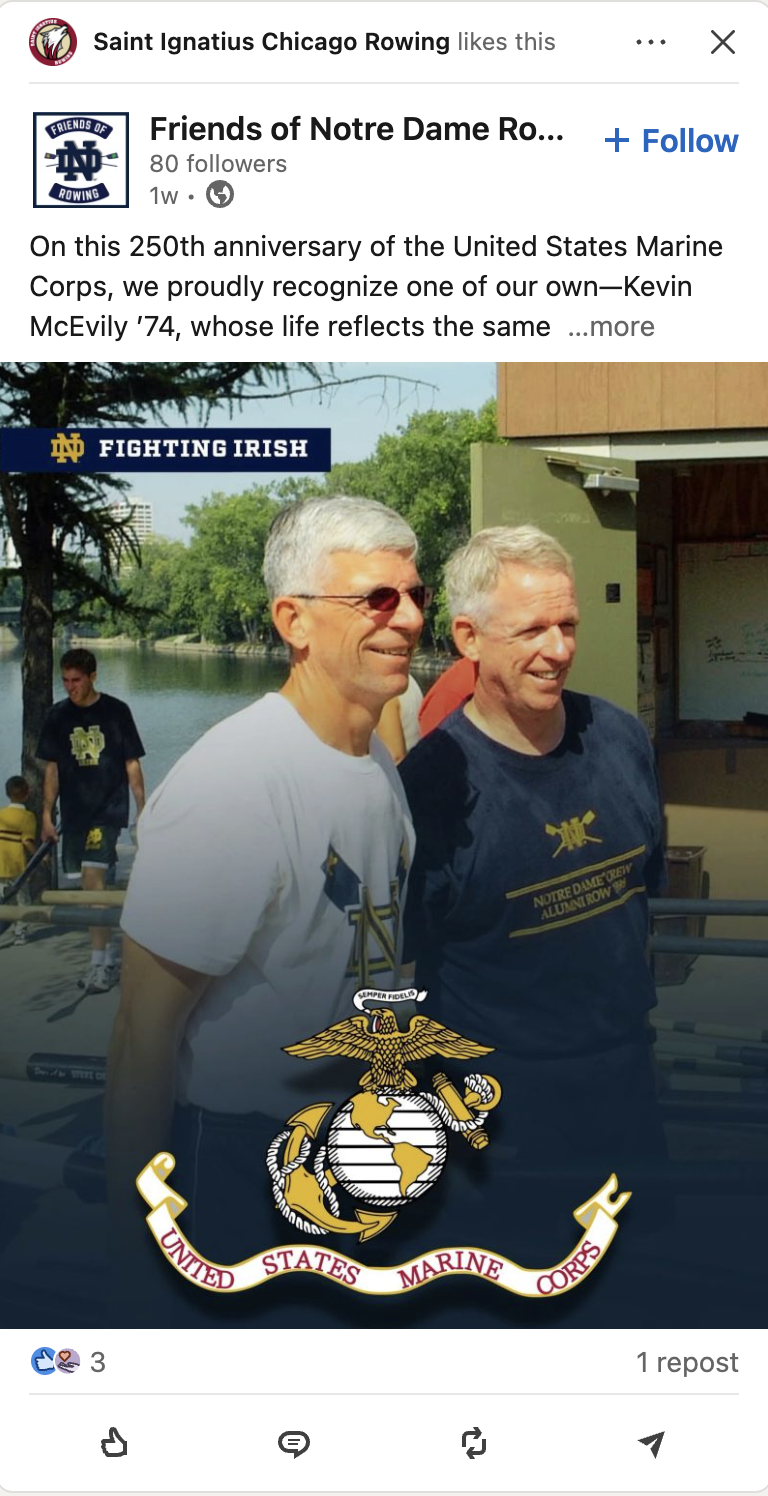Introduction
In today’s world, a “one size fits all” business model can be detrimental to success. Every company aims to make you believe their product is specifically designed for you (yes, you!). Since no two businesses are the same, we can learn valuable lessons from how each company incorporates personalization into its business model.
Spotify
Spotify’s listening time metric is a key component of its success. Features like Daily Mixes are among the most discussed aspects of the platform, and the quality of these mixes is crucial for retaining users and encouraging them to listen to more ads. The return on investment (ROI) from Spotify’s personalization efforts is significant, as increased usage ultimately boosts profits.

LinkedIn takes a different approach to personalization compared to other platforms. Instead of a customization model, LinkedIn employs an automation model, with personalization mainly driven by the activity and influence of your connections. The homepage prominently showcases news, games, and, importantly, profile views. Each post highlights which of your connections have engaged with it and how. Although the ROI from LinkedIn’s personalization features is not as high as that of Spotify—since they are relatively standard for a social networking app—it is likely to have a slight positive impact on user session frequency, which is an important consideration.


TikTok
In contrast to LinkedIn, TikTok emphasizes customization throughout the user experience. As soon as you open the app, TikTok requests permission to track your activity to deliver more relevant ads. This targeted approach keeps users engaged with ads after watching several videos. The ROI for these ads is relatively high since ad revenue is TikTok’s primary source of income. Furthermore, the app’s enhanced understanding of user preferences contributes to increased time spent on the platform.

